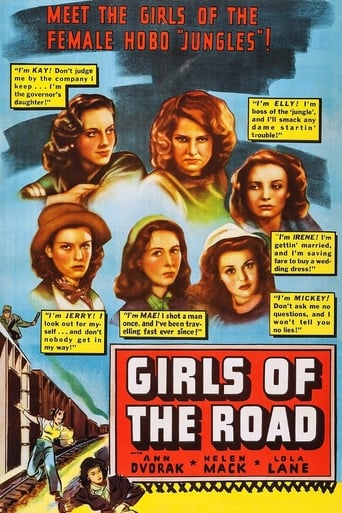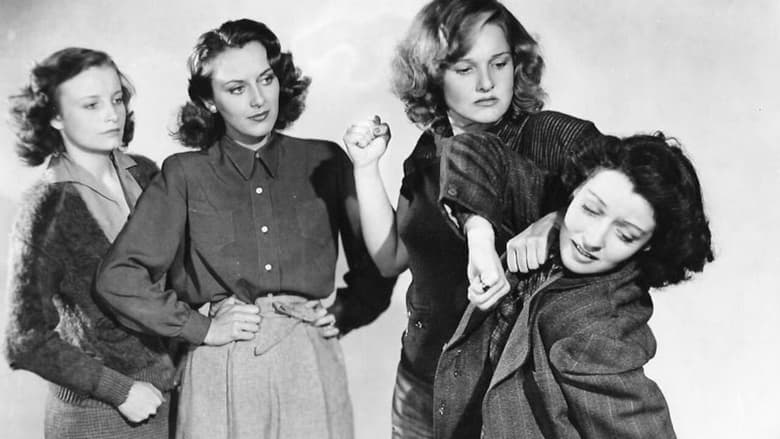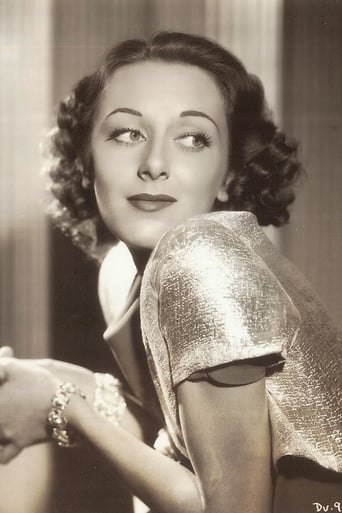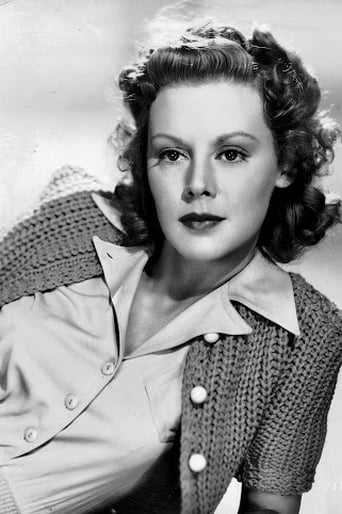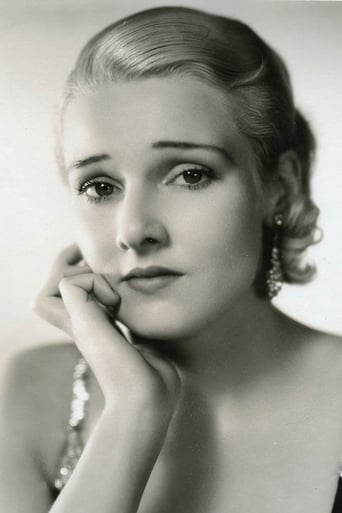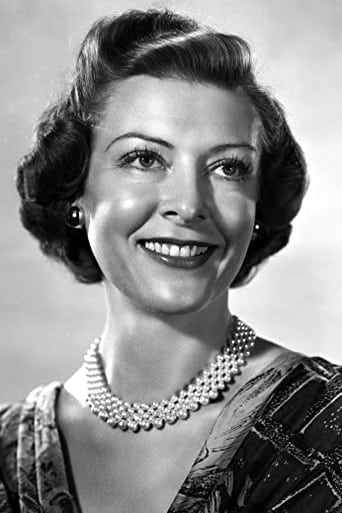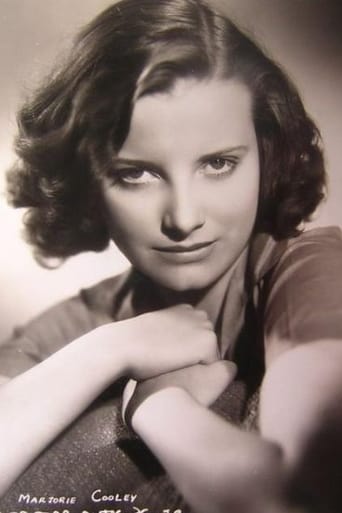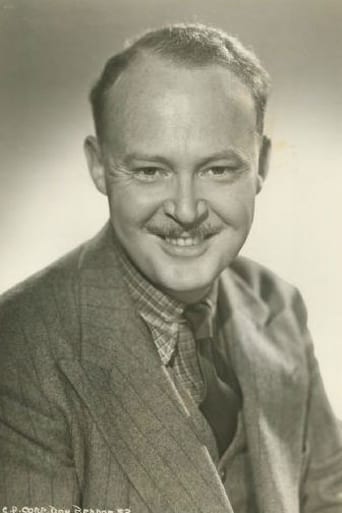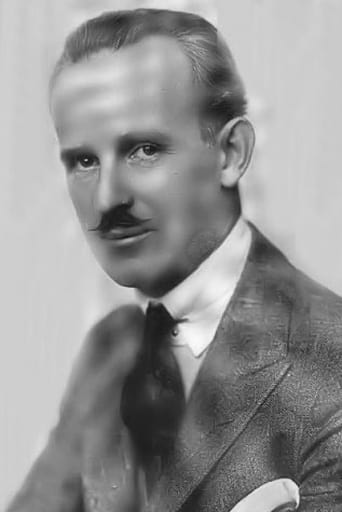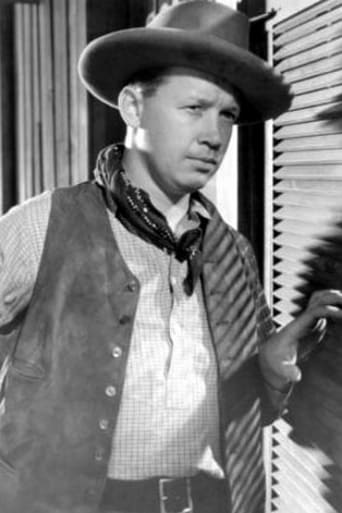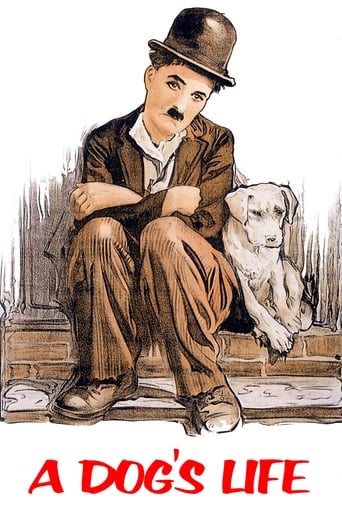A story of the great-depression era about women hobos, tramps, job-seekers, fugitives and runaways running from or toward something as they hitch-hiked their way across the United States, dodging the police, do-gooders, lustful men and pursuing-husbands in a bad mood. One of them is a killer, another is a girl hitch-hiking to her wedding in order to afford a wedding gown, and there is also the Governor's daughter who crusades on their behalf, while hitch-hiking along with them.


Similar titles
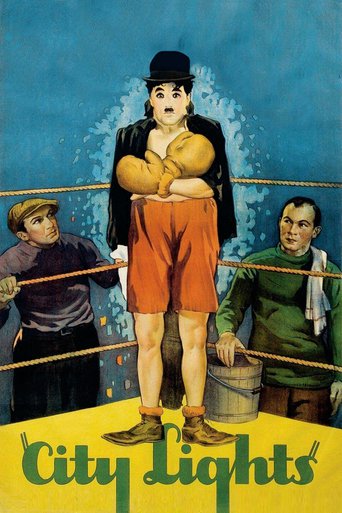
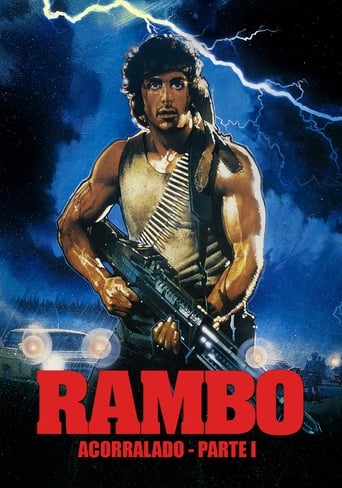

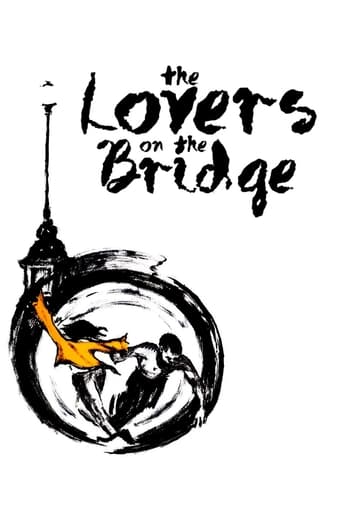
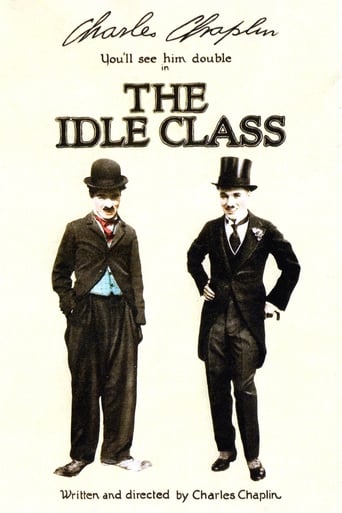
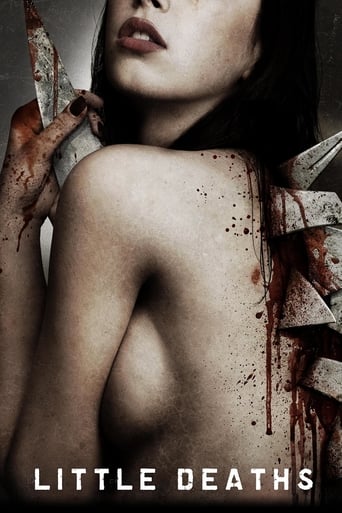
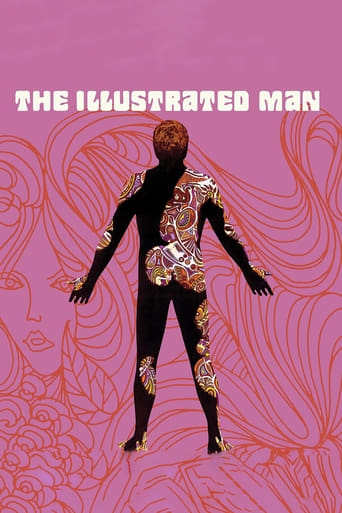
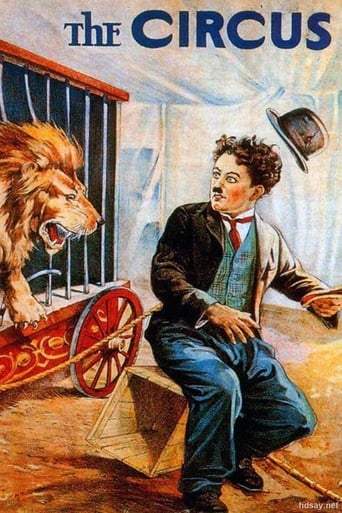
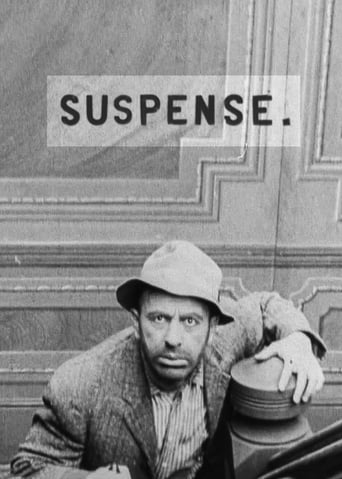
Reviews
Girls of the Road (1940) ** (out of 4) "B" picture from Columbia has Ann Dvorak playing the daughter of the governor who decides to see what it's really like out on the streets. She joins up with a group of homeless girls who travel from town to town struggling to get food or a roof over their head. This film pretty much turns out to be a watered down version of William A. Wellman's classic WILD BOYS OF THE ROAD and while its heart is in the right place the final product doesn't have much going for it. The biggest problem I had with the film was a little bit of logic but we see this rich daughter seeing her new friends struggle yet she never offers them any help. Yes, I understand she wants to see what it's like being homeless but you'd think she would take care of her friends and just go on her little experiment alone. Another problem with the film is that the acting is pretty bad. Normally this wouldn't be too much of a deal breaker in a "B" picture but there are many scenes here that want an emotion impact and it just can't happen due to the bad acting. There's a death scene here, which is pretty embarrassing as well as a few other dramatic moments that just don't work. The screenplay really doesn't offer anything original as we go down countless roads that other films went down with much better results. I must admit that I found the 61-minute running time to feel too long and in the end the film really doesn't work on any level. What keeps the movie going is the fact that women take up all the lead roles and this little switch does make the film at least watchable if you don't mind "B" movies. Dvorak certainly had much better days as she appears uninterested from start to finish.
While it's true this movie is badly dated, I still think is worthwhile as a snapshot in time.Made in 1940, it chronicles the experiences of a group of wandering hobo woman caught in the economic grinder of the depression. I think it's valuable, because most of us - even us ancianos - have little conception of how desperate and depressing things were back in those days.The movie stars Ann Dvorak, Helen Mack, and Lola Lane, with a very competent supporting cast including Ann Doran and Mary Field. Ann Dvorak's performance especially stands out and reminds me of what an underrated actress she really was. While many of the others overact - I guess we can blame the director for a lot of that - her performance is understated and perfectly believable. But even though the production is theatrical and a little overdone, there are still nuggets of real emotion if you look for them. An expression, a tear in the eye, a quivering voice. Not what I would have expected in a melodrama like this.This movie makes a sincere attempt to deal with, what was a real contemporary problem back when it was made, and although we have our own problems to deal with today, looking back in history is always a good way to keep from repeating it. Take a look.
In many ways, this film reminds me of the 1933 film "Wild Boys of the Road"--which is about homeless teens who wander about the country (often in vain) looking for work and a square meal. This film is about homeless ladies who are in similar circumstances. How serious this problem was is uncertain (it's not like they kept statistics on this), but the movie seems earnest--and amazingly naive.The film begins with a commission reporting to the Governor about the plight of wandering homeless ladies. The Governor is moved and wants to do something but is uncertain if anything can be done about the problem. However, his secretary (Ann Dvorak--who also happens to be his daughter in the film) decides to investigate herself by hitting the road and posing as a homeless woman. This is an insanely naive and rather offensive notion--especially when she could be raped or otherwise exploited and the idea of a rich girl "slumming it" is a tad silly. In fact, in one of the first scenes, this nearly happens (in a sanitized 1940 manner) as a man isn't about to take 'no' for an answer after he picks up Ann.Ultimately, after spending time getting arrested for vagrancy, being hassled by cops, jumping trains, getting robbed and the rest in this 'dog eat dog world', Ann returns home to report to Daddy about the life of girl hobos. My quote in the summary, while not exactly what she said isn't that far from it! And, naturally, it all had a happy ending.To me, this film seemed rather fake. All the ladies looked really ragged...like they'd forgotten to put on the morning makeup and had gone a whole week without going to the beauty parlor! The most egregious of these was Dvorak--who looked like she was dressed for publicity photos of "her life when she has a day off". The ladies' "down and out" looks just seemed like Hollywood's sanitized version of the life of a homeless woman--the type that wouldn't feel particularly threatening to most in the audience. Compare this sort of film with a REAL film about social ills of the 1930s (such as "I Was A Fugitive From A Chain Gang") and this one comes up wanting. Perhaps well-intentioned and the acting wasn't bad, but it was fake from start to finish.
The best thing about this highly sanitized expose is that its heart is in the right place. Importantly, the movie serves as a peek into how the uprooted, even women, were treated by local jurisdictions already burdened by their own Depression problems and unwilling to take on new ones. However, the contrast with the gritty, realistic Wild Boys of the Road (1933) could hardly be stronger, thanks mainly to the deadening hand of the Production Code of 1934. Note, for example, the general absence of men around these all-girl encampments, rather surprising given the opportunities. But then, including men in the camp mix would have complicated both the tone and the message. Thus, we're left with what looks like an all-girl touring group down on their luck. Note too, how nearly all the well-scrubbed girls are outfitted in the less vulnerable pants instead of dresses at a time when cheap cotton dresses were standard and affordable, (consider Barbara Hershey's cheap little print in the much more realistic Boxcar Bertha {1972}). But most revealing is when one of the girls explains why it's easier being a penniless man than a penniless woman. What she says is true, but, tellingly, she leaves out the one big advantage women-- especially the comely young women of this movie-- have when needing to earn a buck. In fact, as part of its streamlining and sanitizing, the screenplay suppresses altogether what should be the rather obvious topic of prostitution.All in all, I suspect the movie reveals more about the state of Hollywood politics, circa 1940, than it does about its subject matter. Nonetheless, I agree that TMC should be congratulated for reviving such obscurities. And though the movie is, I think, far from a classic, it is a provocative window into its time and into a topic many of us didn't know existed. Besides, I sense an underground fan club forming around the sorely neglected Ann Dvorak. With her large, expressive eyes, aquiline nose, and the courage to take on an ethnic stage name-- plus genuine talent-- she merits re-discovery in a big way.
